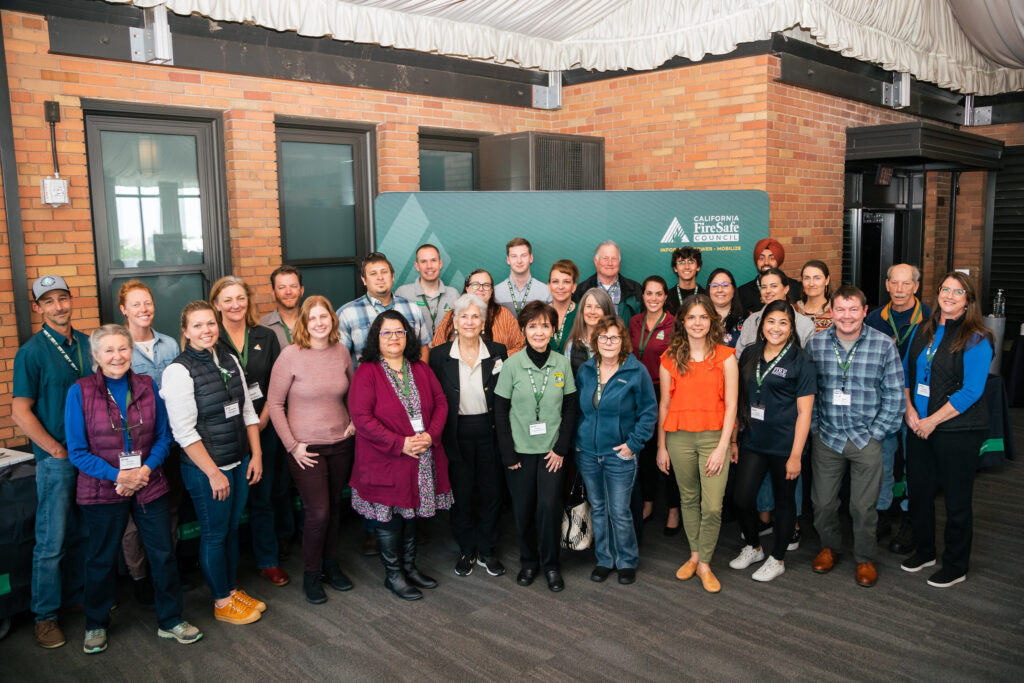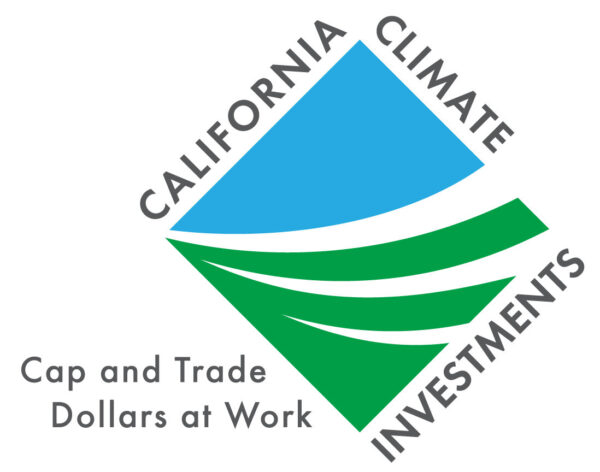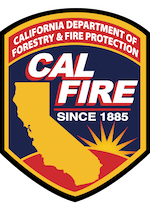CAL FIRE County Coordinator Grant Program
The objective of the CAL FIRE County Coordinator Grant Program is to educate, encourage, and develop county-wide collaboration and coordination among various wildfire mitigation groups. The program provides counties with $175,000 to hire a County Coordinator, whose roles are to:
- Build a census of all active wildfire mitigation groups in their county.
- Analyze gaps in county-wide wildfire resiliency and emergency preparedness and develop recommendations to fill these gaps.
- Develop mechanisms to improve outreach and coordination efforts.
Since 2021, CFSC has funded 52 out of 58 counties in California to hire and/or place a County Coordinator in pursuit of county-wide wildfire practitioner collaboration. Click the map below to find your county’s Coordinator.

Find Your County Coordinator
Webinars & Events
County Coordinator Monthly Meeting Series (open to County Coordinators only)
Third Tuesday of each month at 11AM: Registration required. For more information, contact Julia Marsili, jmarsili@cafiresafecouncil.org.
2022 Statewide County Coordinator Grant Program – Application Webinar Recording
October 26th, 2022
Watch the video ›
Our Partners
The County Coordinator Grant Program is made possible by:


Have Questions?
To learn more about the County Coordinators Grant Program, please contact Julia Marsili, jmarsili@cafiresafecouncil.org, or Nina Evans, nevans@cafiresafecouncil.org.
The County Coordinator Program is part of California Climate Investments, a statewide program that puts billions of Cap-and-Trade dollars to work reducing GHG emissions, strengthening the economy, and improving public health and the environment – particularly in disadvantaged communities. The Cap-and-Trade program also creates a financial incentive for industries to invest in clean technologies and develop innovative ways to reduce pollution. California Climate Investments projects include affordable housing, renewable energy, public transportation, zero-emissions vehicles, environmental restoration, more sustainable agriculture, recycling, and much more. At least 35 percent of these investments are located within and benefiting residents of disadvantaged communities, low-income communities, and low-income households across California. For more information, visit the California Climate Investment website at: www.caclimateinvestments.ca.gov.
